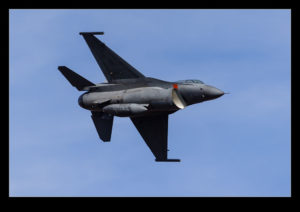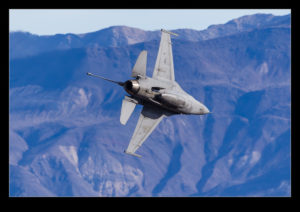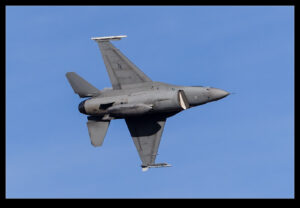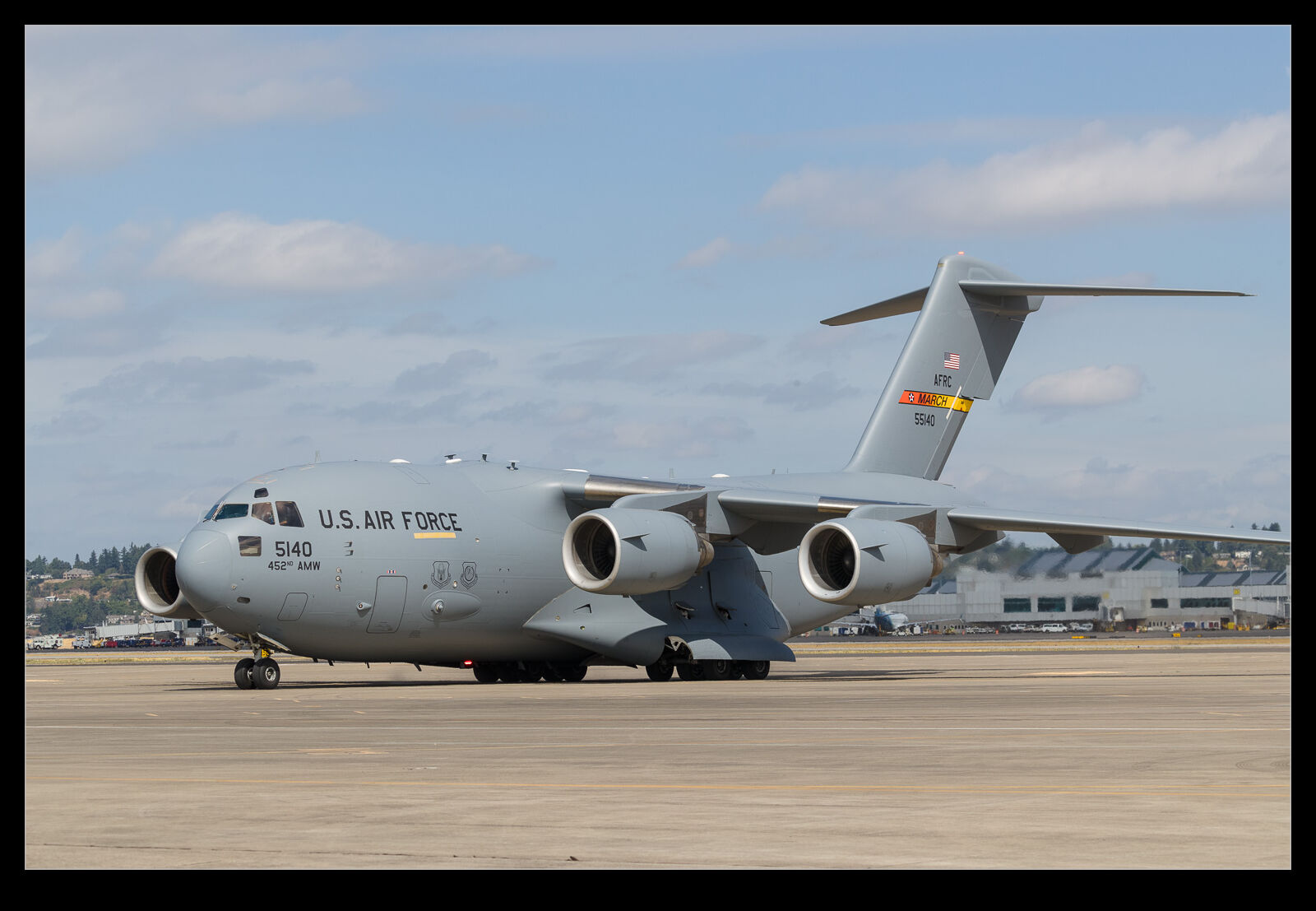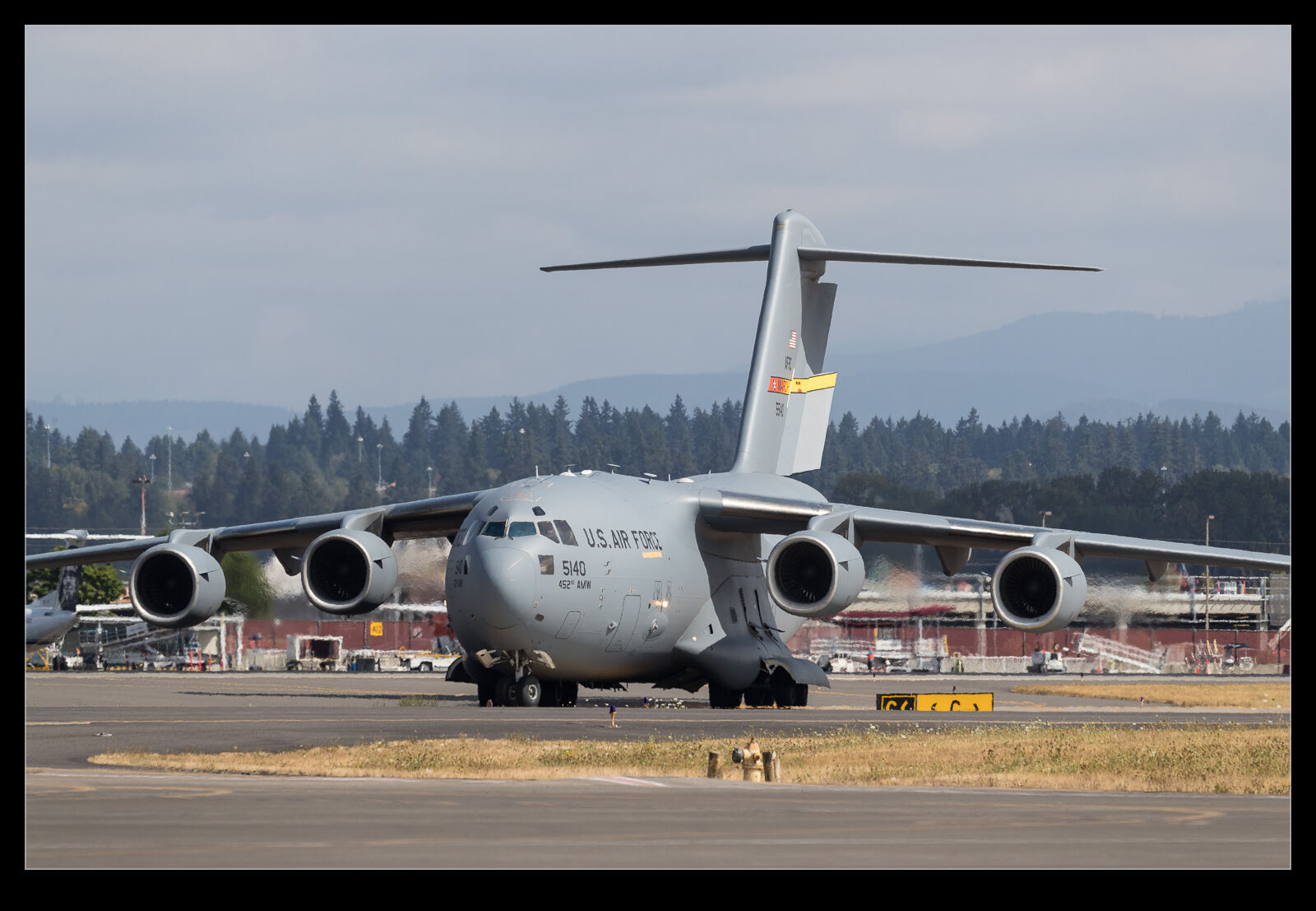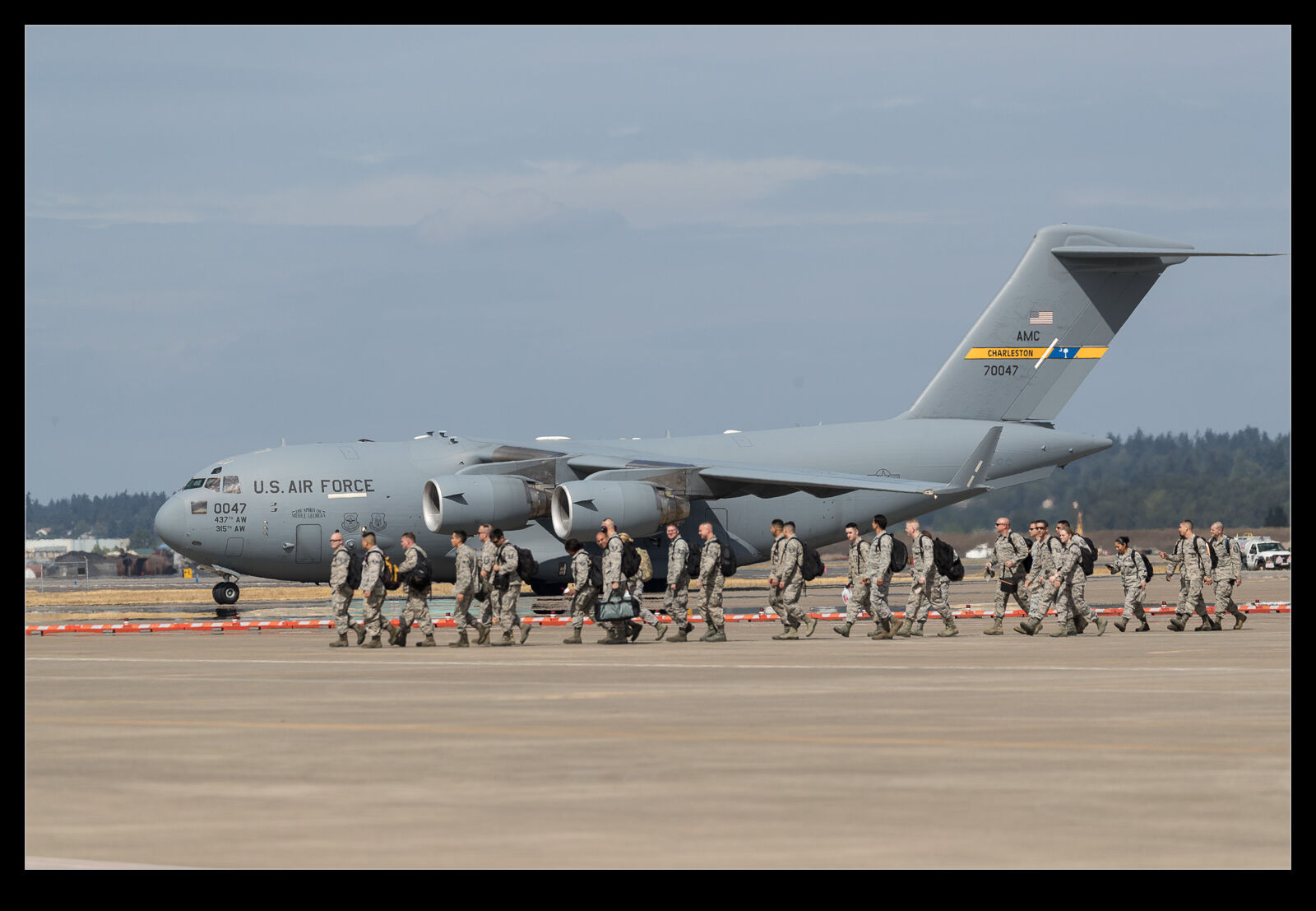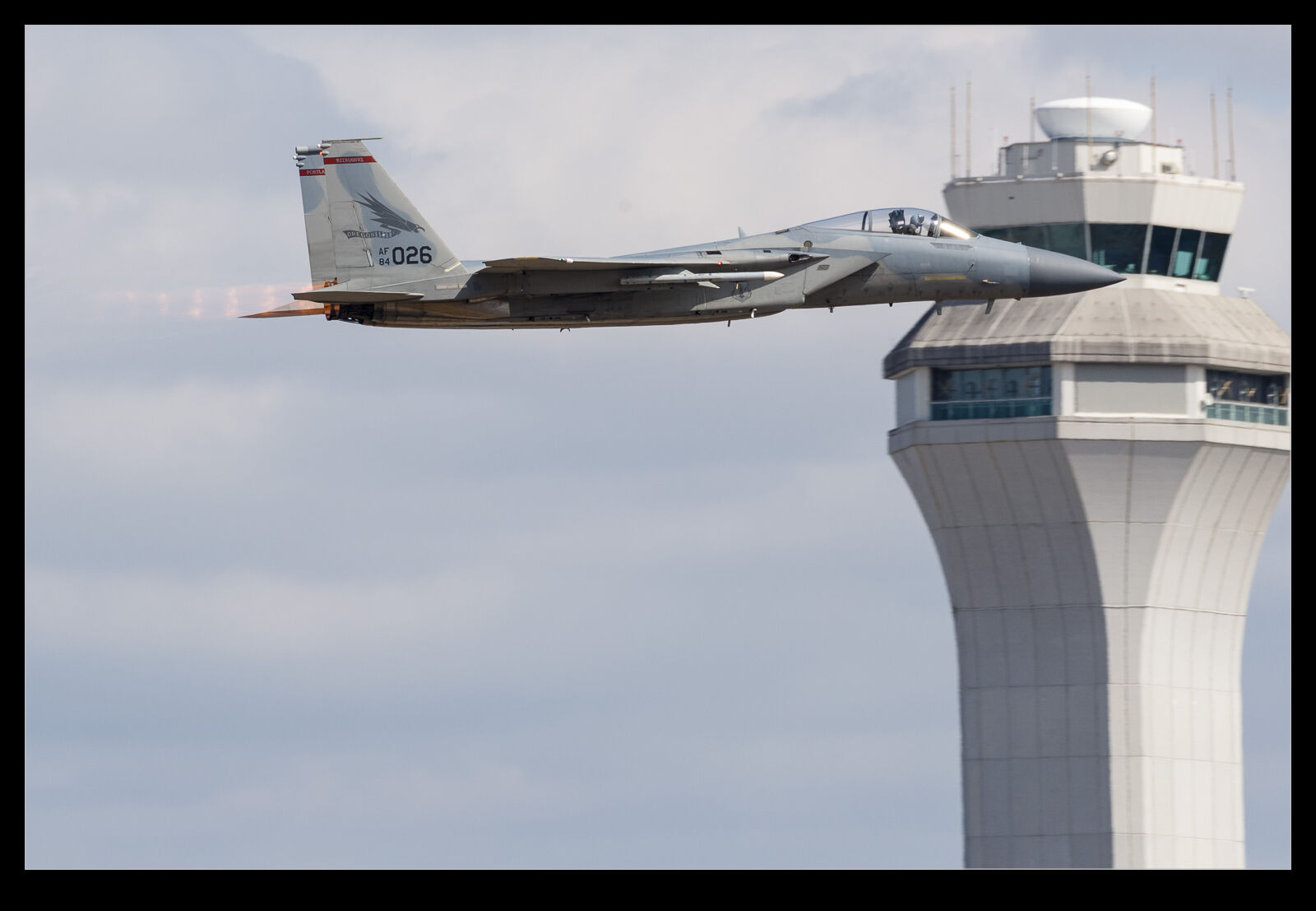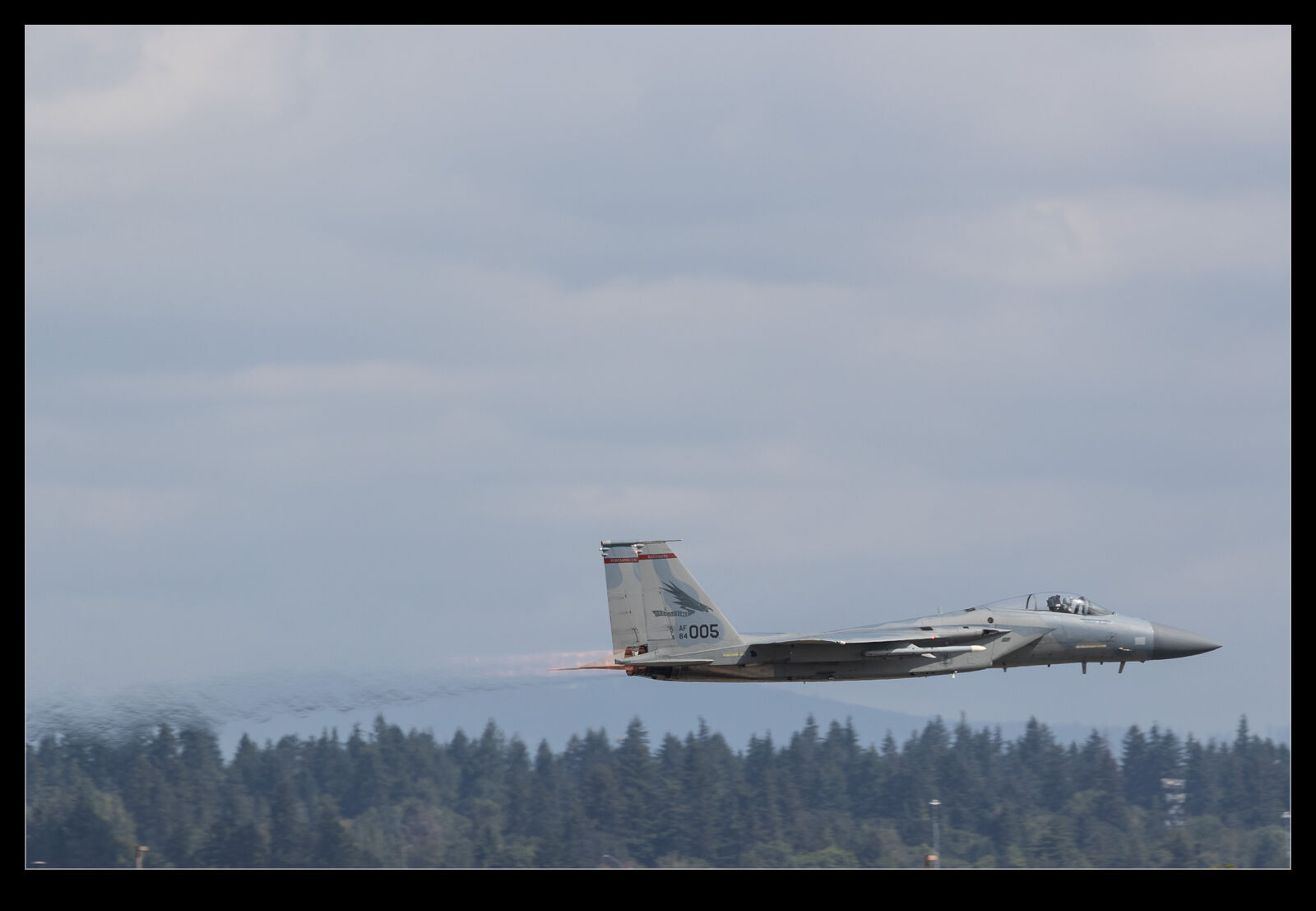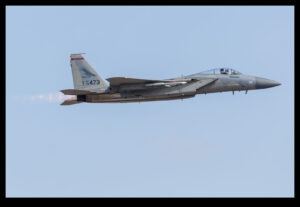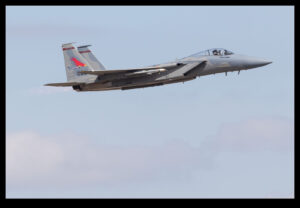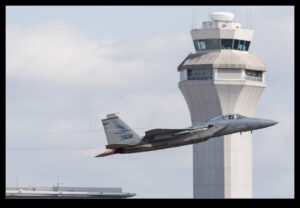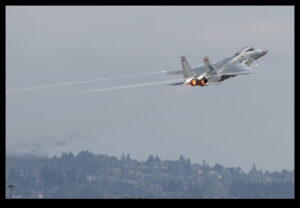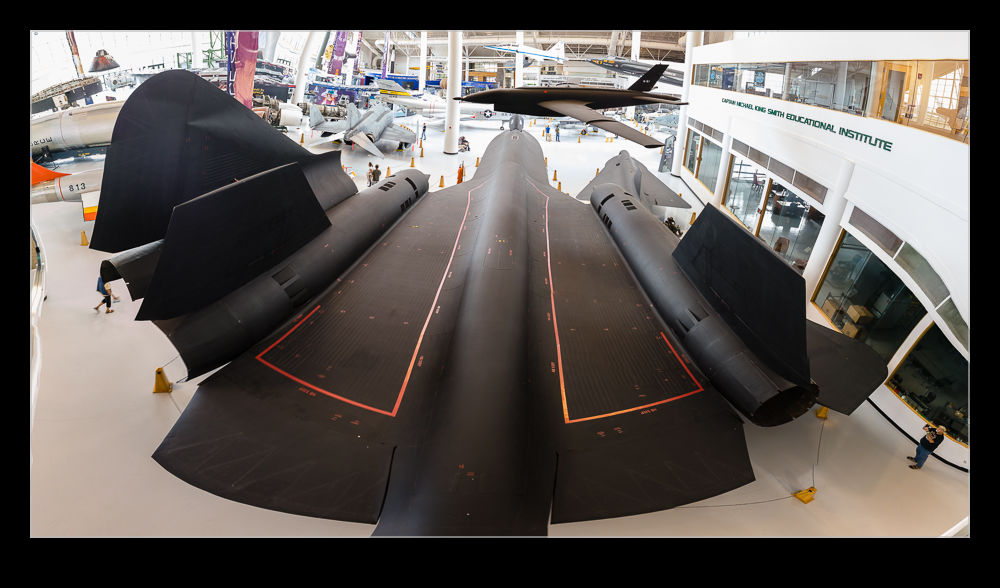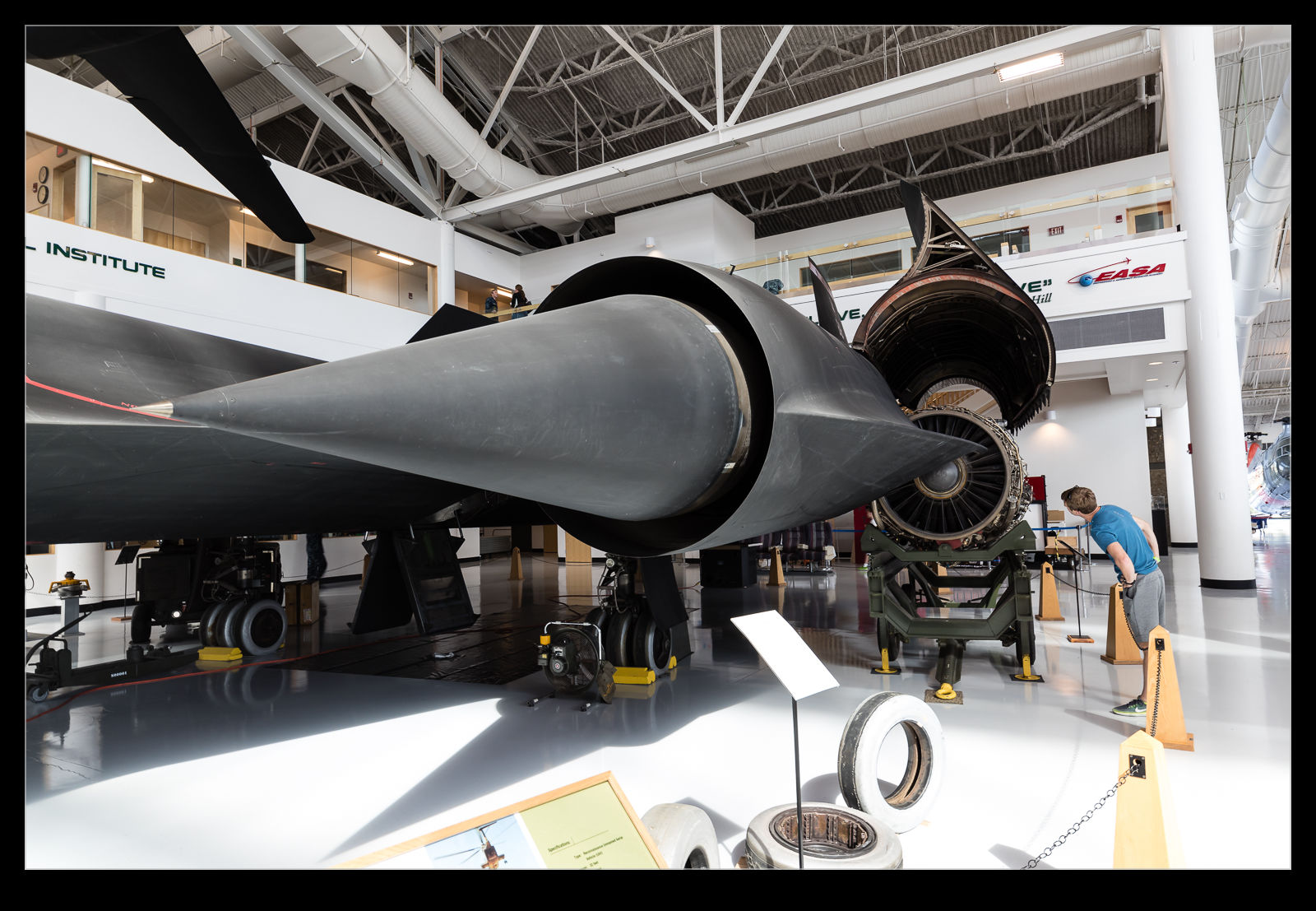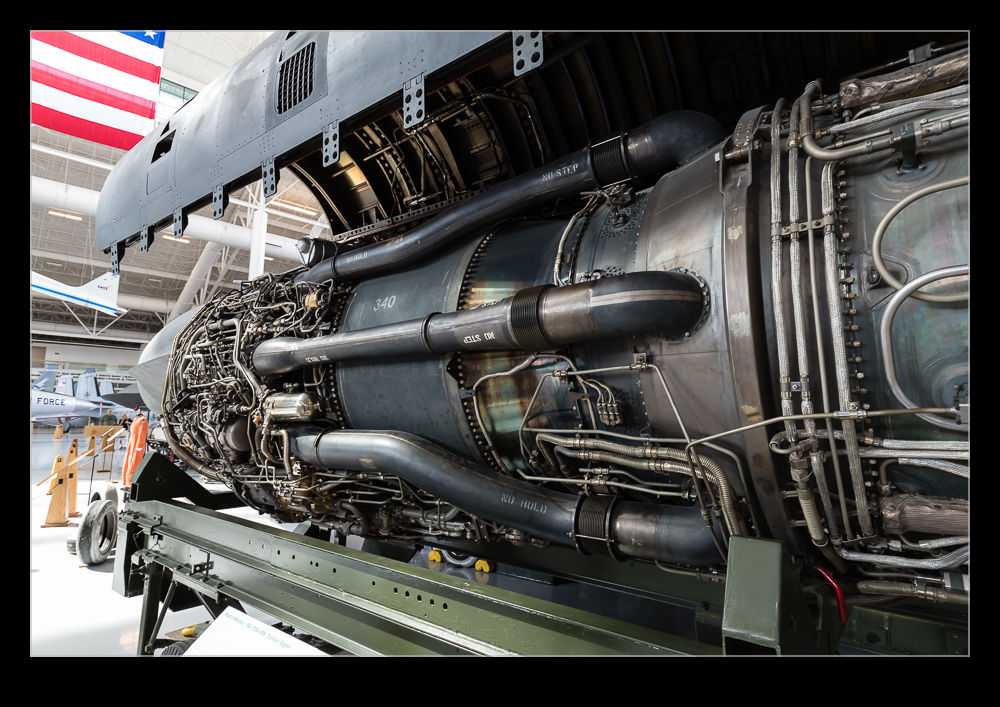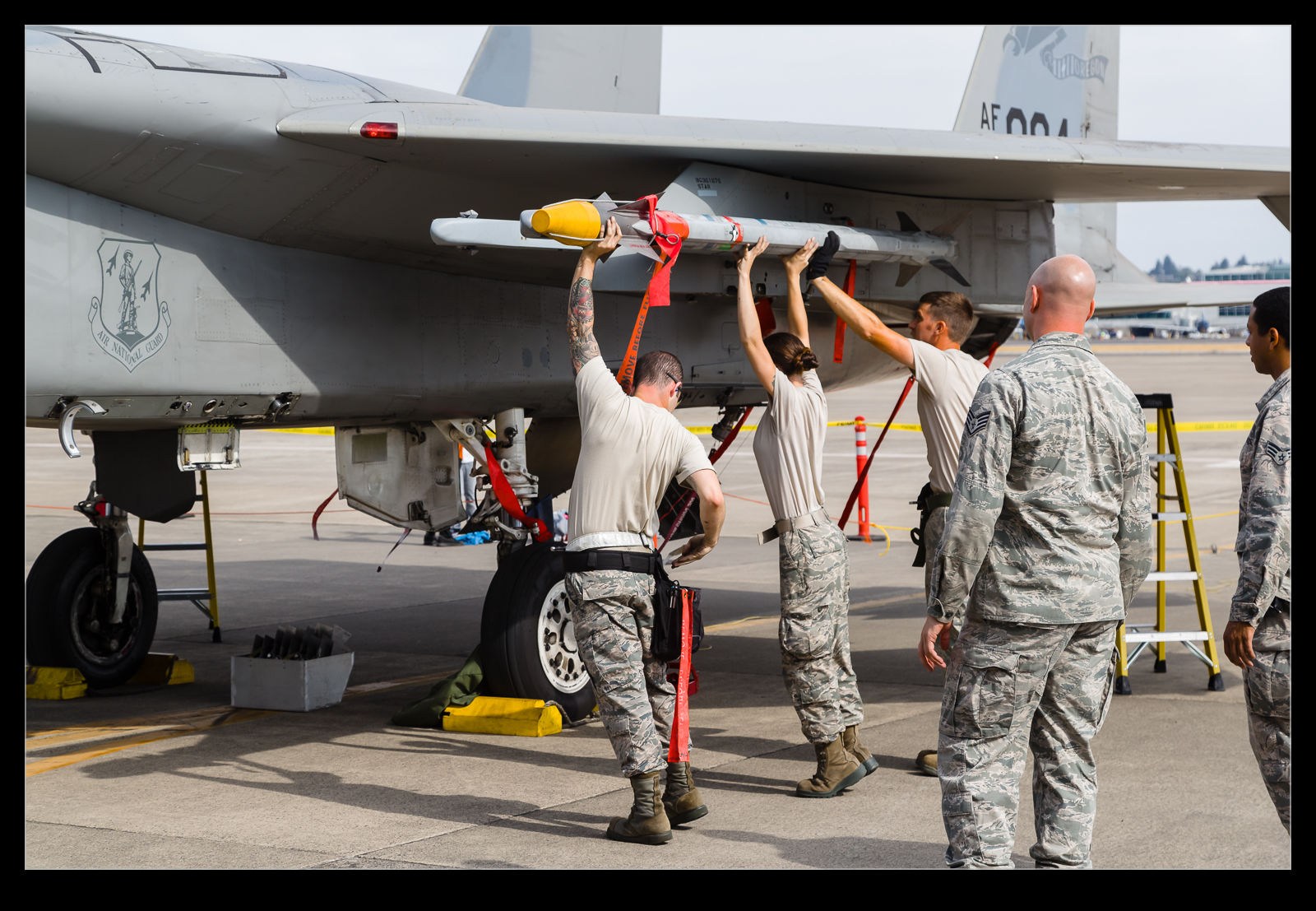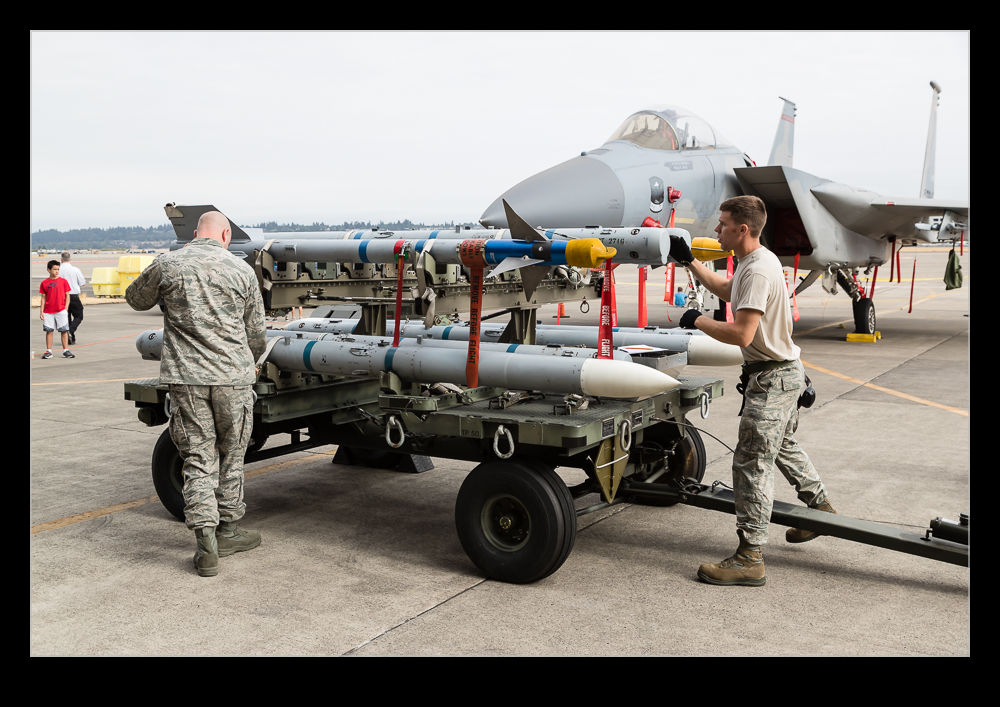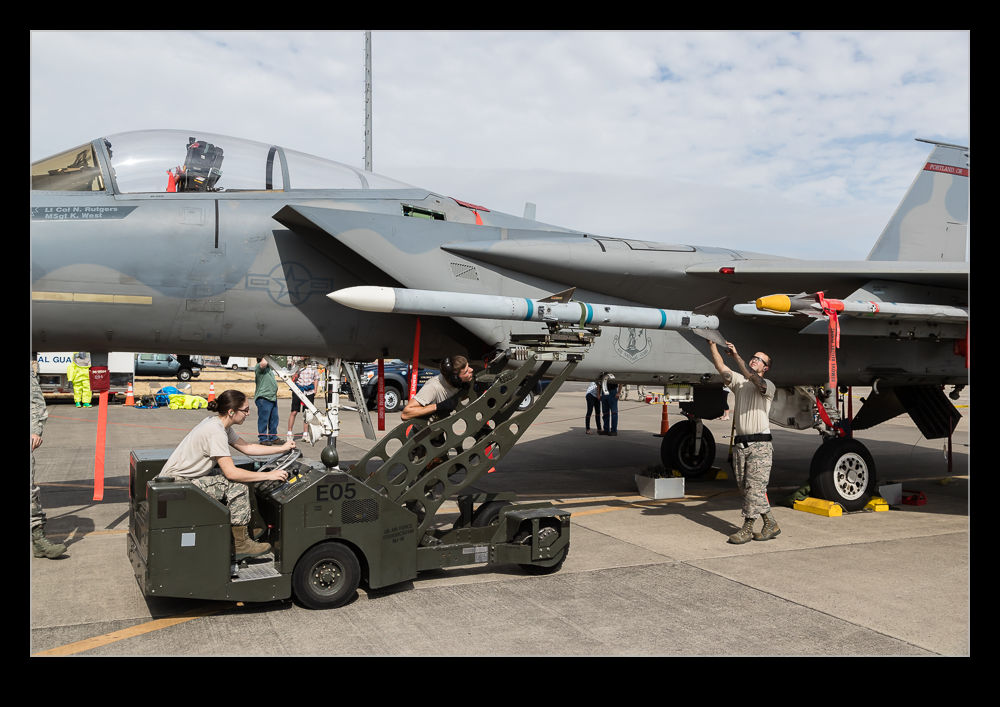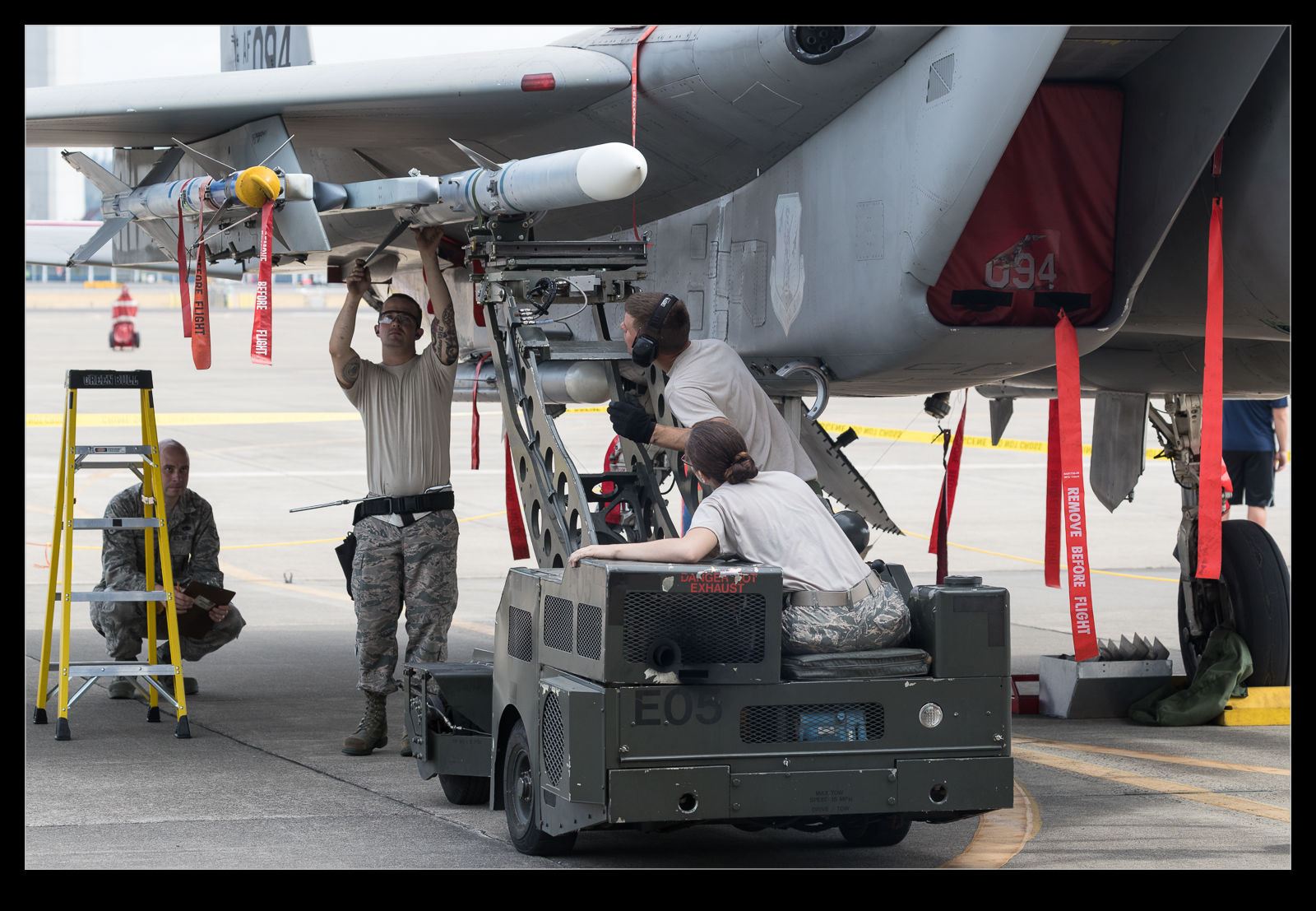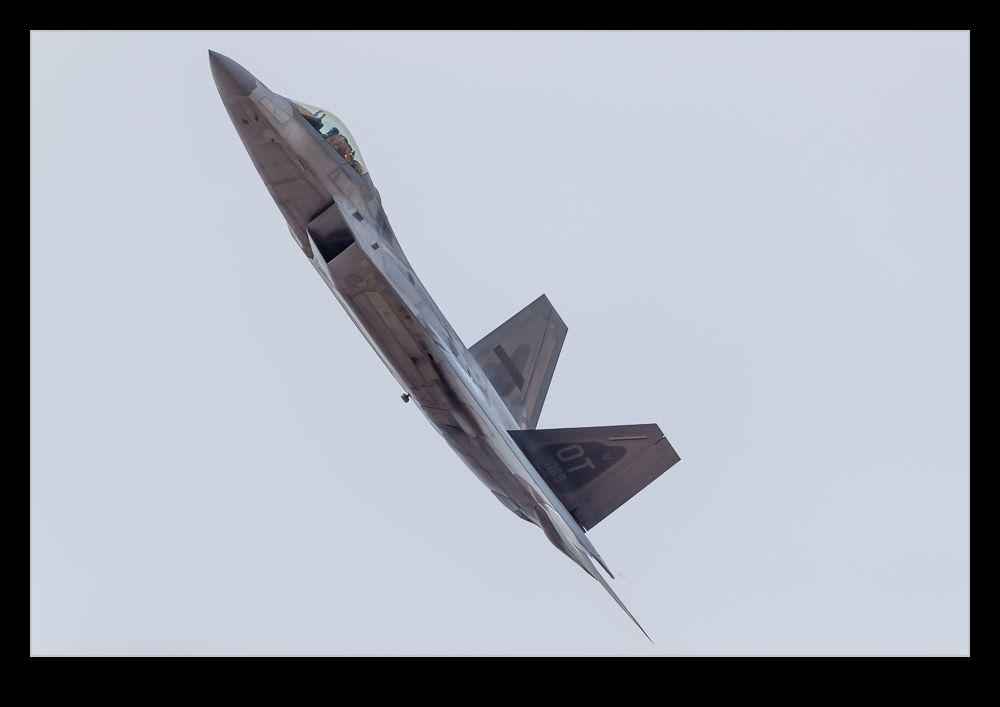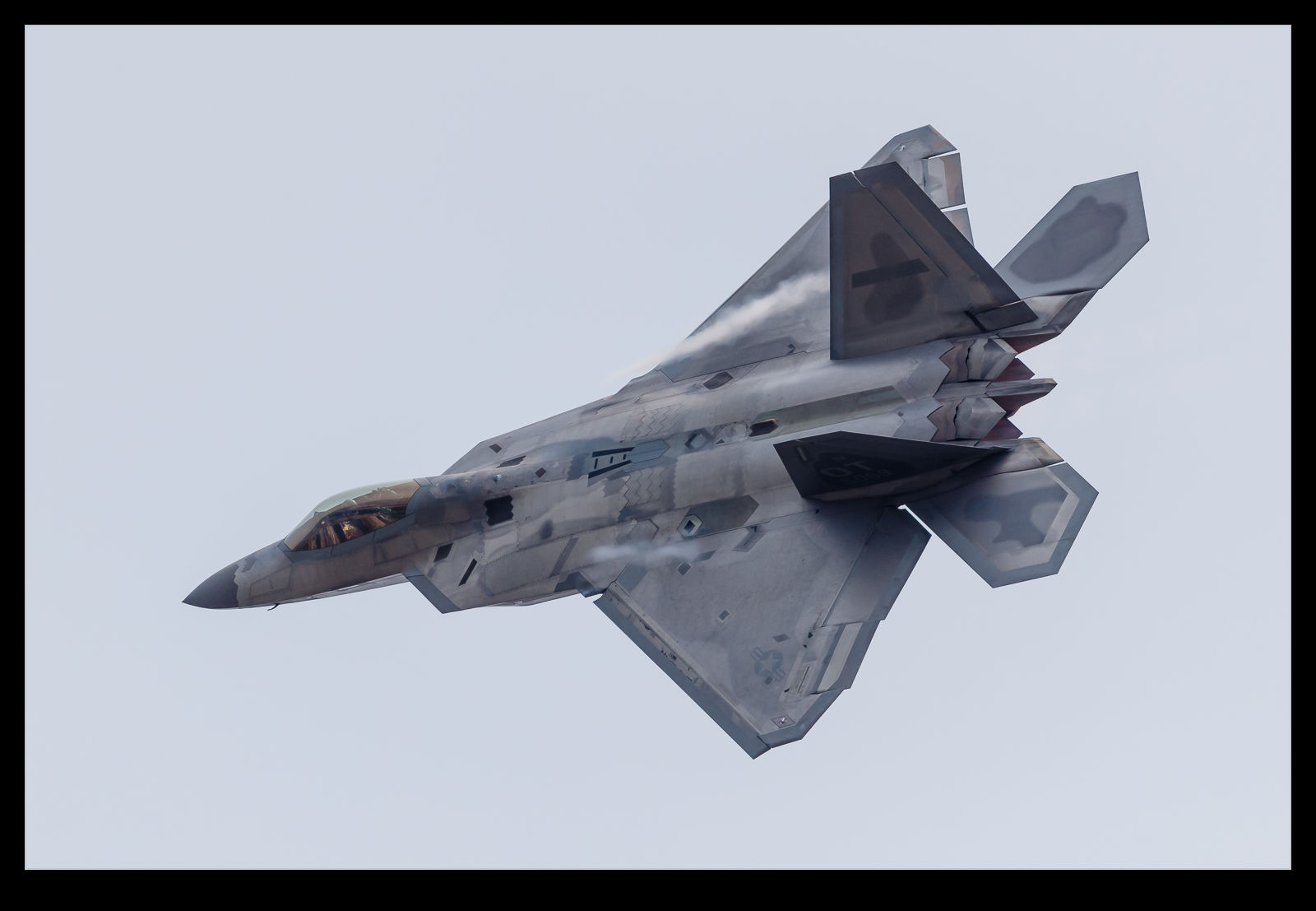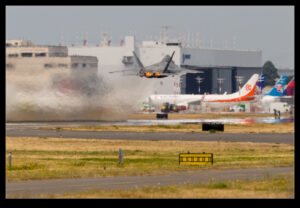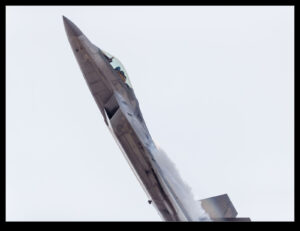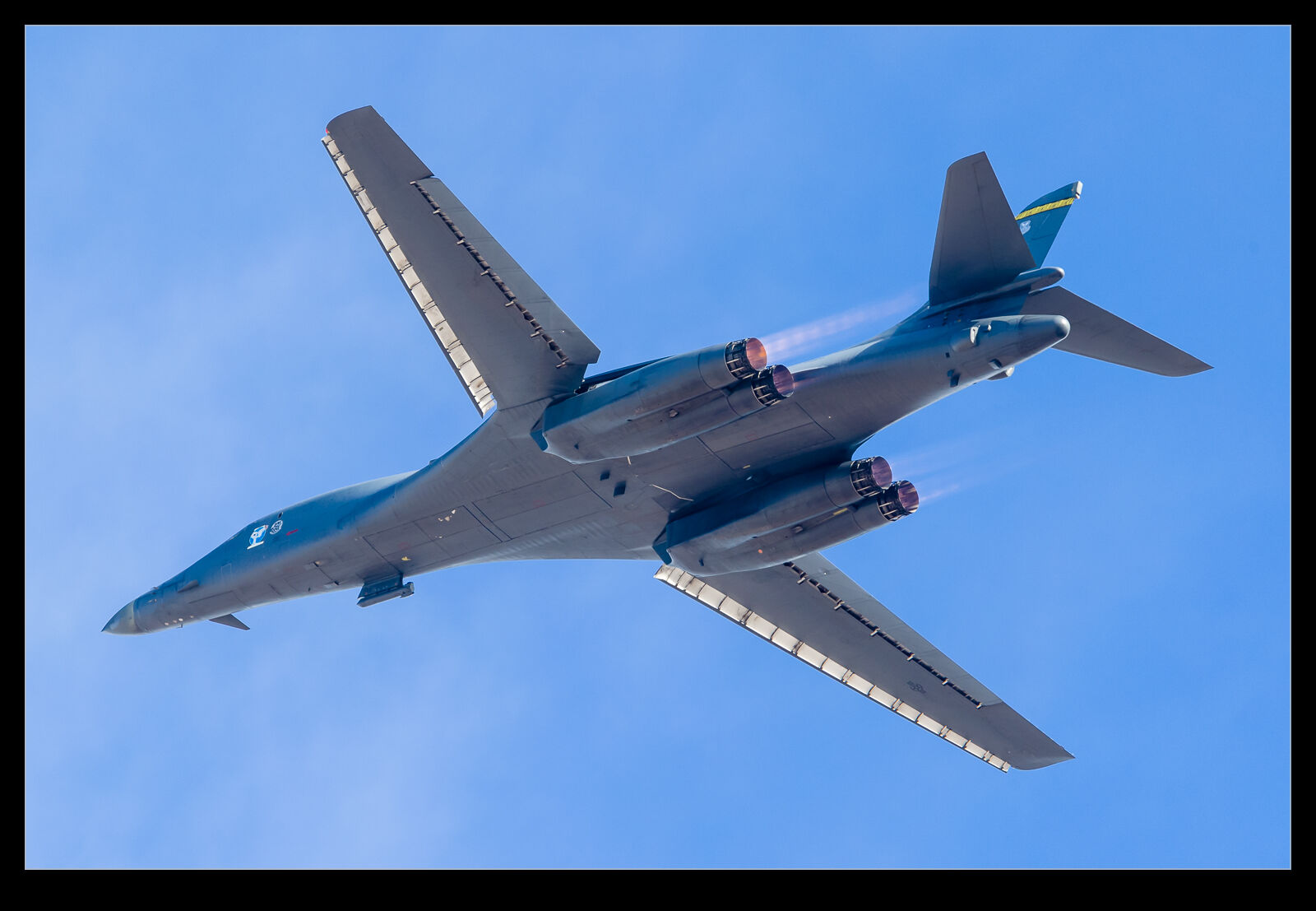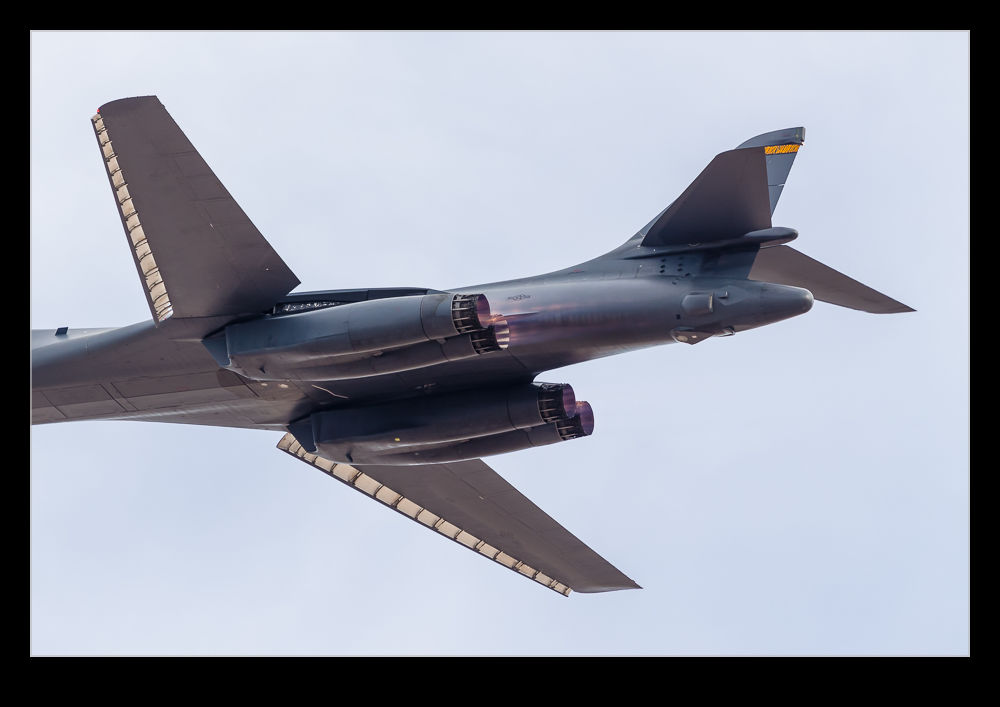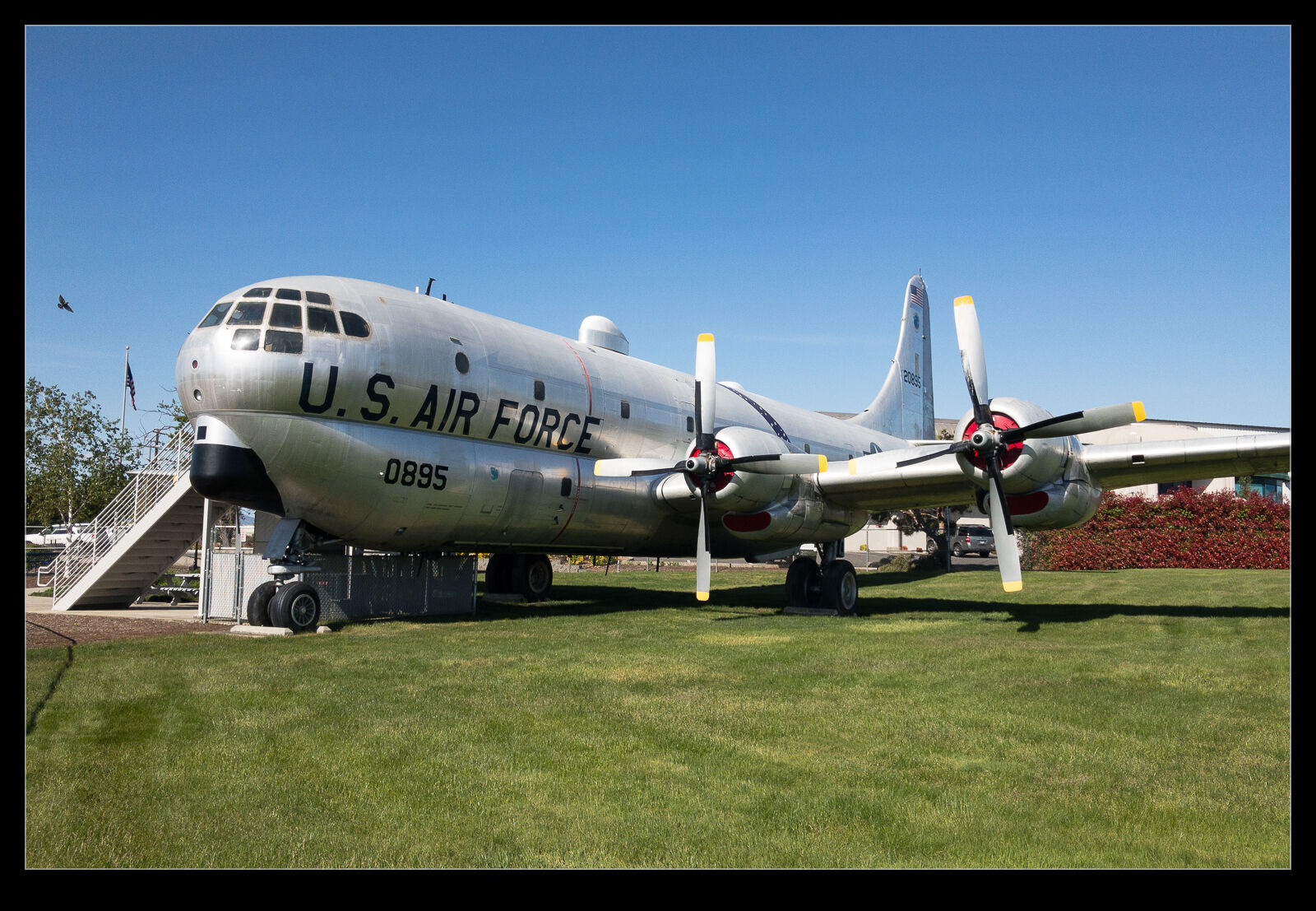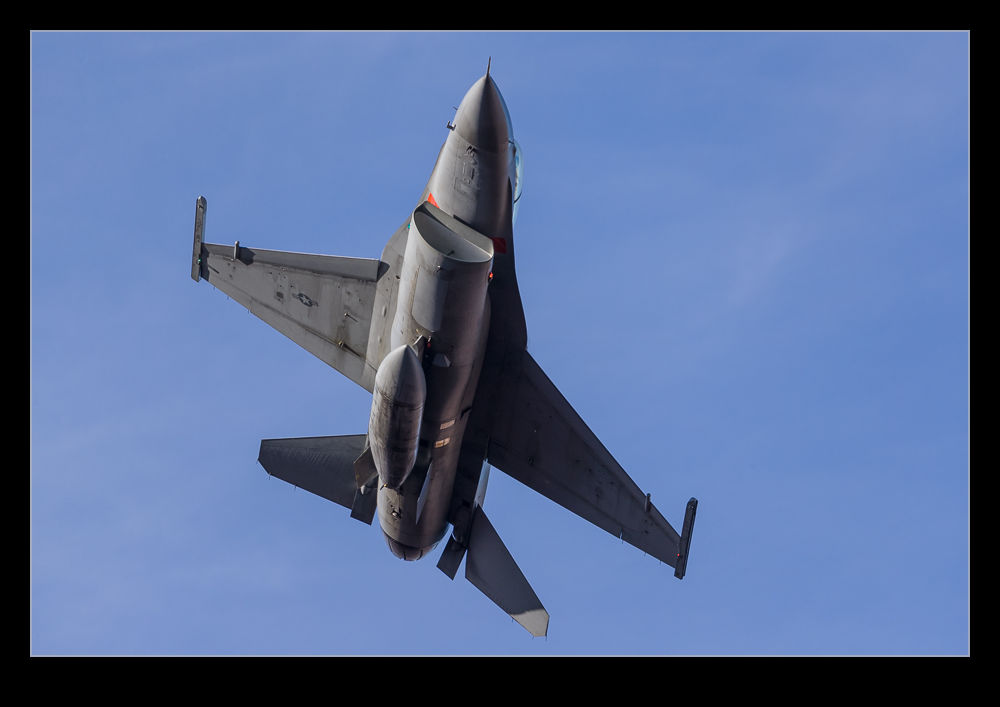 Photographing low flying jets in their environment is a popular challenge. The Loop in Wales is a great hunting ground. I have driven through there a few times and flown through there once but I have never been on a photo expedition there. Once I got close to setting up a trip but things got in the way. In the US, Rainbow Canyon is a popular spot. This canyon is known by a variety of names but it is well known for having jets flying through below the rim of the canyon so you can get shots of them beneath you.
Photographing low flying jets in their environment is a popular challenge. The Loop in Wales is a great hunting ground. I have driven through there a few times and flown through there once but I have never been on a photo expedition there. Once I got close to setting up a trip but things got in the way. In the US, Rainbow Canyon is a popular spot. This canyon is known by a variety of names but it is well known for having jets flying through below the rim of the canyon so you can get shots of them beneath you.
 I arranged to head there a short while ago with a buddy of mine. The two of us were going to meet in LA and head up. Sadly, he was unable to make the trip at the last moment but I figured I would go anyway as winter is a more acceptable time to be in Death Valley National Park and the chances of finding the time again soon were limited. I did stay up in Palmdale to shorten the drive a bit.
I arranged to head there a short while ago with a buddy of mine. The two of us were going to meet in LA and head up. Sadly, he was unable to make the trip at the last moment but I figured I would go anyway as winter is a more acceptable time to be in Death Valley National Park and the chances of finding the time again soon were limited. I did stay up in Palmdale to shorten the drive a bit.
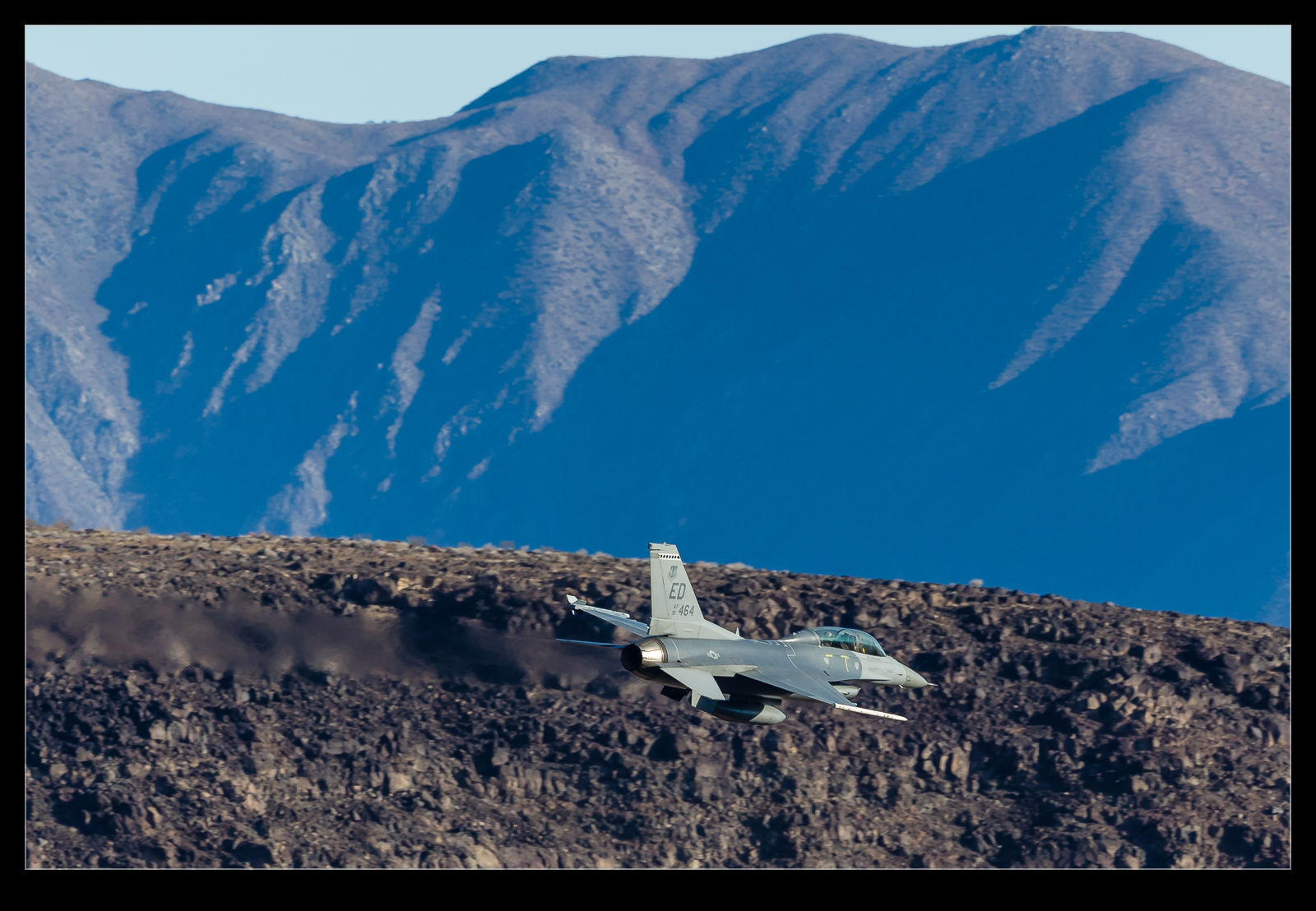 The trip had mixed results. We did not have a busy day. Plenty of jets could be heard overhead or in the distance but the number coming through the canyon was low. I probably got nine passes that day. More disappointing was how some of them were quite high and not against the backdrop of the rocks. Things did improve though…
The trip had mixed results. We did not have a busy day. Plenty of jets could be heard overhead or in the distance but the number coming through the canyon was low. I probably got nine passes that day. More disappointing was how some of them were quite high and not against the backdrop of the rocks. Things did improve though…
